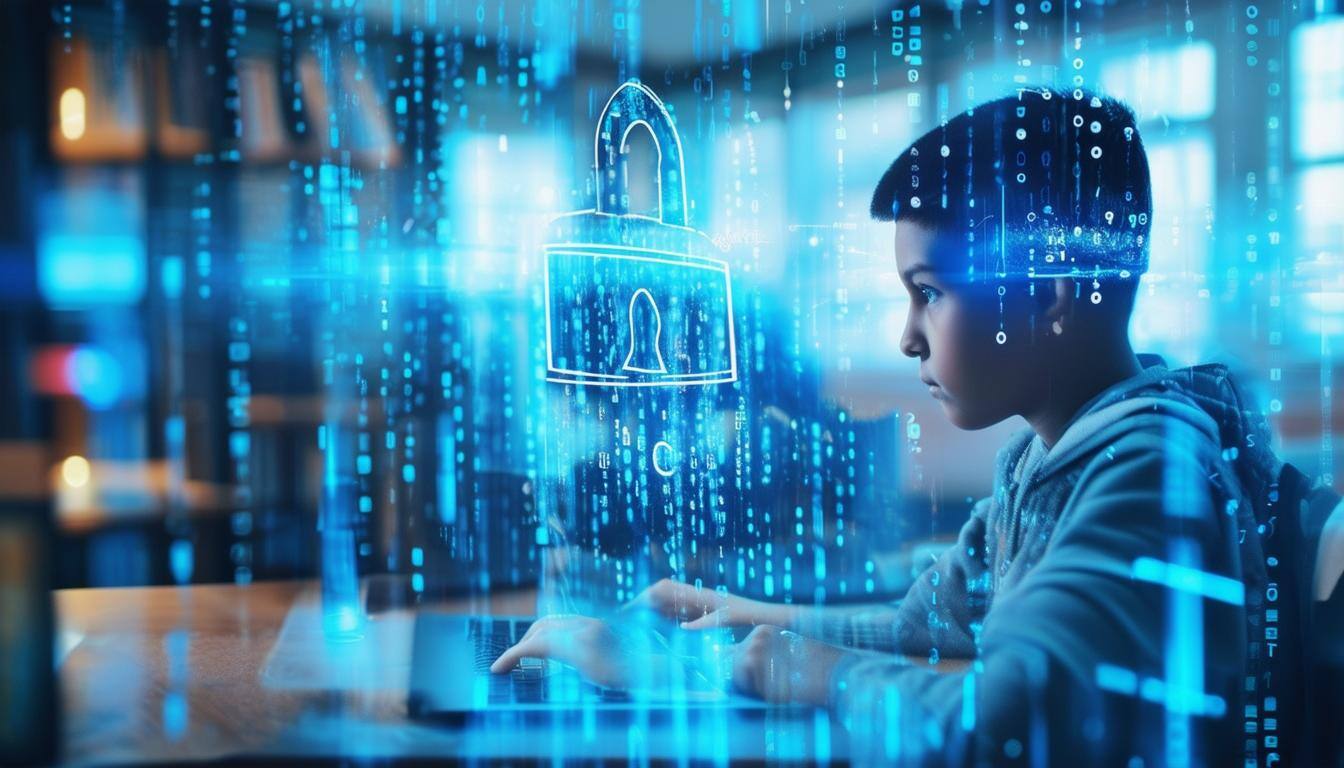
October is Cybersecurity Awareness Month. We must use this time to reflect on the rapidly evolving K-12 cybersecurity landscape. Schools are grappling with new challenges, including shifting insurance requirements that demand stronger defenses and increasingly sophisticated cyber threats. Staying ahead of these changes is critical for protecting susceptible information such as student and staff data.
Our blog posts this month will explore the latest updates in cyber insurance, highlight emerging cyber threats, and provide practical strategies your district can implement to safeguard its digital infrastructure and ensure compliance with evolving standards. Let's start with cyber insurance.
Changes in Cyber Insurance for 2024-2025:
Recent shifts in insurance policies have placed a greater emphasis on cybersecurity readiness. Schools now face stricter requirements to qualify for insurance coverage or avoid sharp premium increases. Insurance companies are demanding advanced cybersecurity measures, making it crucial for schools to align their practices accordingly.
In recent years, cyber insurance has become essential for mitigating the financial damage caused by attacks. However, securing coverage has become more challenging as insurers tighten their criteria. Some districts have reported premium increases of up to 300%, a direct consequence of growing risks and increased frequency of attacks.
Essential Requirements for Cyber Insurance:
- Multi-factor authentication on all servers, VPN connections, and all staff accounts to reduce unauthorized access.
- Endpoint Detection & Response (EDR) to ensure real-time data threat detection and response.
- Comprehensive backups, preferably cloud-based or offline, that are not tied to the school’s domain to ensure data can be recovered quickly in the event of an attack.
How Can Your School Adapt:
As insurance companies now require proof of cybersecurity maturity, schools must adopt more stringent security practices. Simply relying on firewalls and antivirus software is no longer sufficient. Schools must demonstrate a mature cybersecurity framework with regular risk assessments, training programs, and vulnerability management.
Districts that proactively adopt these measures will find it easier to secure insurance coverage and strengthen their defenses against the growing number of cyber threats.
To meet evolving insurance requirements, schools should focus on:
- Implementing MFA: Multi-factor authentication provides a vital layer of security, protecting accounts even if credentials are compromised
- Strengthening Backup and Recovery Plans: Ensuring backups are stored securely and offline can prevent a catastrophic loss of data during a ransomware attack
- Ongoing Staff Training: Cybersecurity training should be an ongoing effort, educating staff on phishing and malware threats and how to spot and report phishing emails, which are responsible for 90% of incidents.
Source link: Bravura Security
How Five Star Can Help:
Focusing on proactive assessments, defense, and education, Five Star Technology Solutions provides comprehensive cybersecurity solutions to help ensure your district remains secure and resilient against evolving cyber threats. Our approach is not just about meeting basic compliance requirements but about truly identifying and addressing the vulnerabilities that exist within your infrastructure. We aim to find the gaps, build a comprehensive strategy, and lay a clear roadmap to secure your district’s future. It’s not just about staying compliant—it’s about staying one step ahead.
Support for Compliance with Cyber Insurance Requirements
Five Star Technology collaborates closely with school districts to help meet the increasingly stringent cyber insurance requirements. We provide assistance in implementing critical security measures such as multi-factor authentication (MFA) and incident response plans. These advanced protocols enhance your district's defenses and ensure compliance with the latest insurance standards, helping to secure coverage and avoid premium increases.
This blog was written by a real human with assistance from generative AI (cover photo).

%20-%20Itza%20White.jpg?width=50&height=50&name=IMG_2309%20(1)%20-%20Itza%20White.jpg)



